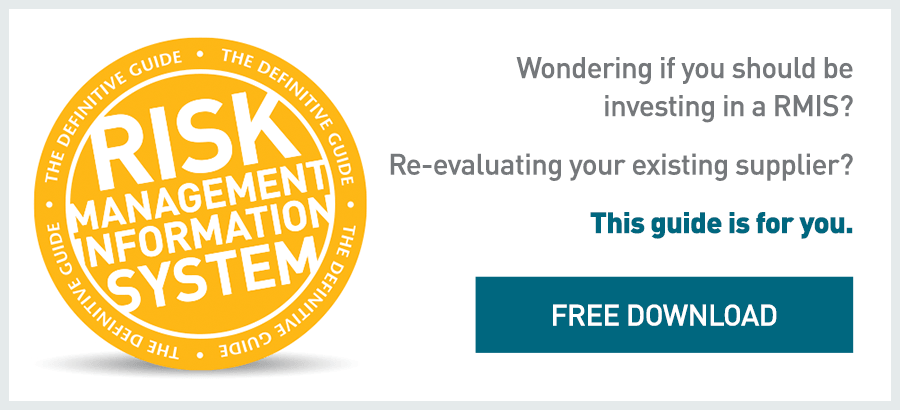 A Fortune 100 technology firm made a startling discovery thanks to a bit of auditability. The Aon eSolutions client turned to the consolidated data in their risk management information system (RMIS) and asked a question most all business insurance buyers ask: Are we underreserving or overreserving? It turned out that their reserves were out of control.
A Fortune 100 technology firm made a startling discovery thanks to a bit of auditability. The Aon eSolutions client turned to the consolidated data in their risk management information system (RMIS) and asked a question most all business insurance buyers ask: Are we underreserving or overreserving? It turned out that their reserves were out of control.
For RMIS users, experiencing a high level of accuracy and reliability of the data coming into and out of the system is table stakes. But the ability to track changes to that data over time and verify it at any historical point is an advanced extension of this ability.
Auditability can serve many purposes. Risk management systems with trusted auditable data can identify when that data is corrupted by tampering or track it down when its lost. Auditing can protect against excessive claims payouts, monitor suspected fraud and better report TPA activity.
As our Fortune 100 clients experience illustrates, a RMIS can come in handy when unintentional issues arise with claims reserves and other transactional data, such as when carriers or third-party administrators are stashing excessive amounts of cash in reserves.
Take another concrete example to drive the point home: Say that a central risk management department creates an allocation report for a particular field facility. During the first quarter, the facility is reported as having nine open claims. Though nothing changes on the ground, that same facility is reported as having 10 open claims in the next quarter. The field manager would ask central what the heck was going on, in not so many words.
In the past, without RMIS-powered auditability, the central risk management staff would have no way to tell the local manager why that extra claim showed up. But with a RMIS, central could roll back the system to a set date until they uncovered, let's say, that a TPA accidentally coded the claim to the wrong location.
Point-in-time data reliability is nothing to sniff at, particularly when it comes without sacrificing the speed of the system. The Aon eSolutions RiskConsole system is able to do so because it has been built from the ground up with this capability in mind. Data is stored transactionally, inserted into the database in a cumulative fashion, and stamped with a date, type and user. It is never overwritten, never deleted.
Whether were talking tracking malfeasance or accidents, the key is trust in the system that once a number is entered into it, that number remains the same over time and can be pulled up and looked up to prove it, time and time again. There is no need to scramble for a backed-up version to explain an error, shutting down the entire system and shutting out the risk management users for the hours or days it takes to do so.
Auditability provides a sweat-free existence for risk managers, while also providing them that increased relevance that we cannot overstate. Risk managers can and are looking to expand their role beyond insurance procurement, and being able to build trust with senior leadership is, again, table stakes.
What better way to gain that reputation than with the power of data, which can answer many regulators questions when it comes to risk? Quality risk management software can help risk managers to ease their employers' regulatory burden. That is no mean feat. For the last three years, regulatory/legislative changes have been ranked number two in the Aon Global Risk Management Survey. The risk crosses borders (and obviously gets more complex the more borders a firm's operations cross) and industries (from financial services to health care, telecom to pharma, utilities to media). And apparently, according to the Aon respondents, firms are getting less adept at managing it readiness at companies to handle regulatory change has dropped 11 percent from 2011 to 2012.
We can only surmise how many respondents had risk management systems.
 Michael Theut is a member of the Solutions Consulting team with Aon eSolutions. Please email Michael at michael.theut@aon.com
Michael Theut is a member of the Solutions Consulting team with Aon eSolutions. Please email Michael at michael.theut@aon.com









 Michael Theut is a member of the Solutions Consulting team with Aon eSolutions. Please email Michael at
Michael Theut is a member of the Solutions Consulting team with Aon eSolutions. Please email Michael at 



